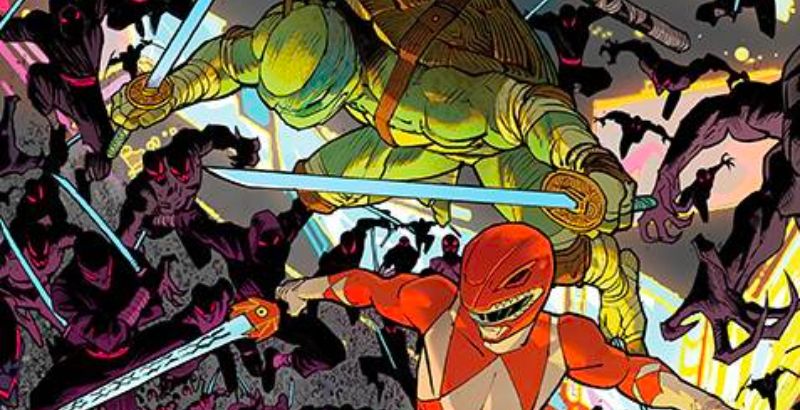
Getting Dizzy #1 is published by BOOM! Studios, written by Shea Fontana, with art by Celia Moscote, colors by Natalia Nesterenko, and letters by Jim Campbell. Desideria (Dizzy for short) is a young woman who knows she is destined for big things. She’s still figuring out what great thing she will do, but whatever it is, she knows it’ll be great. Then, on one quiet, unassuming night, fate took a hand in Dizzy’s search for greatness.
Childhood can be challenging. Fitting in and finding something that you can pursue passionately are common struggles. We all too often feel an urgent rush to discover ourselves and what we will do. But, like so many of the biggest struggles in life, we never see the answer coming until it’s already here. That is certainly the case for Getting Dizzy #1‘s protagonist.
When we are first introduced to Dizzy, we see a young woman going through the above struggles. Everything she tries seems to backfire on her. From ballet to sports, Dizzy can’t seem to find that thing that she will do great. Well, until a trip puts her in the path of some interdimensional gremlins called Negatrixes. This sudden meeting requires her to become the Burb Defender and drive the Negatrixes and their need to foster negative actions in others back to their dimension.
If the above description of Dizzy’s heroic origin story sounds ridiculous, that’s ok. Because it is. But author Fontana is fully aware of the silliness of this setup and leans into that ridiculousness as much as possible. While this self-awareness helps the absurdity land better than it might have, it still isn’t enough to entirely save this book. While nothing in Getting Dizzy #1 truly fails, nothing about the book truly succeeds either. It simply delivers a light-hearted story about a girl that is struggling to find herself acceptably.
The only character this book spends enough time with to flesh out is its title character. Dizzy is a sympathetic character who is just trying to live her dreams. However, while I enjoyed the character’s unwavering belief in herself, I never felt like she was a real character. Rather than being a person, she felt simply like a vehicle for her struggles. Future issues could rectify this, but she comes across a bit one-note here.
The art utilized to present Dizzy’s world to the reader does a solid job of delivering the silliness of the characters. The lines and bright colors bring the fun in the story to life. In addition, the mannerisms and actions of the characters keep the art consistent with the overall tone of the book.
My favorite part of Getting Dizzy #1‘s visual presentation is the cast’s variety of body types and ethnicities. Numerous unique-looking individuals fill these pages. I always like seeing a book geared toward a younger audience presenting a mix of people in their stories.
Rounding out the book’s presentation is the lettering. The lettering mostly does a good job of delivering the story while also augmenting the energy of the tale through its design. However, there are a couple of points where the style of the text gets in the way of readability a little bit, which is always frustrating. It’s not enough to render it illegible, But it’s enough to pull you out of the story for those panels.
So when all is said and done, Getting Dizzy #1 delivers a fine story with some solid art and silliness. While it doesn’t do anything that makes it stand out amongst the competition, there is certainly enough here for the creative team to build upon, potentially growing it into something great.
Getting Dizzy #1 is available now wherever comics are sold.
Getting Dizzy #1
TL;DR
Getting Dizzy #1 delivers a fine story with some solid art and silliness. While it doesn’t do anything that makes it stand out amongst the competition, there is certainly enough here for the creative team to build upon, potentially growing it into something great.






